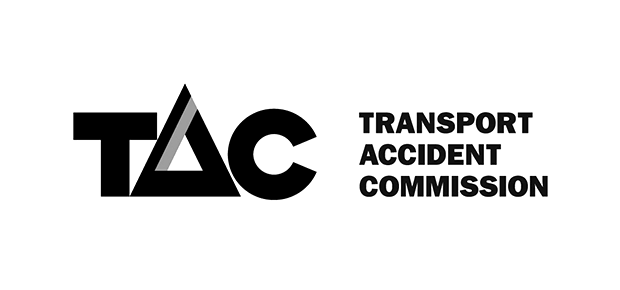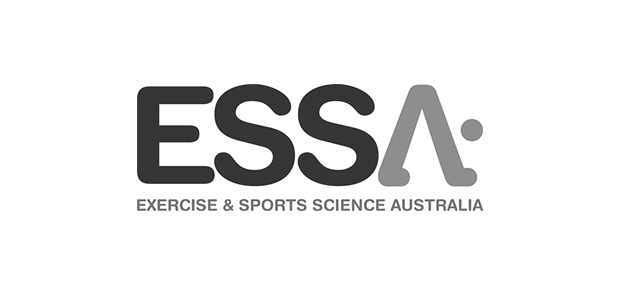7,500 people were hospitalised in 2012–13 for sport-related head injury
5,500 people were hospitalised for sport-related knee injury
Return to sport
Joint reconstruction, joint arthroscopy, spinal injury, concussion, fracture, joint sprain, muscle strain.
The problem
Returning to playing sport after an injury – whether it’s a minor sprain to full blown reconstructive surgery – can be a challenging process. That’s why having the right healthcare team is important from the outset. Each stage of your recovery is built on the foundations of the previous stage, so being confident your team know your goals, abilities and progress is necessary to ensuring your return to training and playing is as efficient and productive as possible.
Your injury will involve a diagnosis from a general practitioner, sports doctor, physiotherapist, osteopath or other health professional. They will give you short term pain management and recovery strategies. You will also generally receive an estimated time to recovery.
Once the initial symptoms have diminished, the rehabilitation process begins.
Why see an Exercise Physiologist?
An EP can be seen at any stage in the recovery process. You can consult an EP for an adapted program to continue training, or a conditioning program for other parts of your body that may need to take a bit of load while your injury heals.
Your EP will also assist you in strengthening, mobilising and/or stretching as required so day-to-day activities are doable.
As you regain function, your EP will then develop a strengthening and conditioning program to facilitate your successful return to sport. This will include challenging your movement, balance, co-ordination, strength and endurance – all the factors demanded of any sport, at any level. Your EP can liaise with any other therapy, medical or coaching staff you have to ensure a comprehensive plan.
An Exercise Physiologist combines the best of your allied health rehabilitation professions with the elite strength and conditioning coaches – helping you get back to setting personal bests and kicking goals on the field.
What type of exercise in involved?
Your return to sport program will change as your recovery progresses. Your program will incorporate various elements of strength, endurance, cardiovascular fitness, balance, co-ordination and flexibility. The focus of these elements will also change from uninjured areas, injured areas then combining the program to bring it together.
We will make the most of any access to training facilities or equipment you may have to save you money on buying new rehabilitation gear.
The exercises chosen will aim to address the movements and qualities required of your individual sport or sports; we won’t get you swinging a racquet if swimming is your thing.





Want to know more?
You can learn more about the MOH approach to returning to sport, see our blog entries relating to exercise;
Want to book an appointment?
If you would like to book an appointment with one of our Osteopaths, click here.
If you can’t find a time that’s convenient just give us a call and we’ll be happy to help you.






